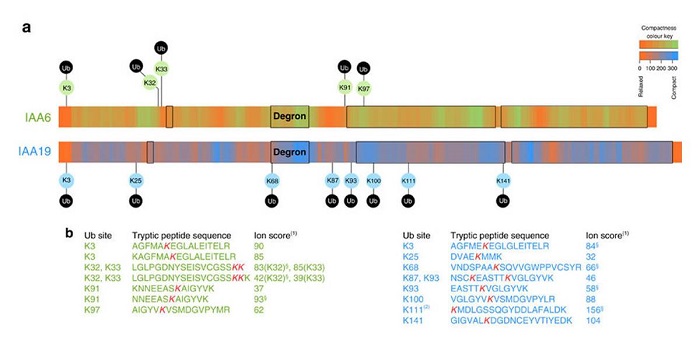
Variation in auxin sensing guides AUX/IAA transcriptional repressor ubiquitylation and destruction
Blog, Plant Science Research Weekly, Research, Research Blog0 Comments
/
Subfunctionalization of duplicated genes (ohnologs) is known to occur through eventual differential gene regulation/expression and sequence divergence. Winkler et al. explore the example of the negative regulators of auxin signaling, AUX/IAA proteins IAA6 and IAA19 and how their divergent structures…

Auxin Biosynthesis and Wheat Yield
Plant Physiology, Plant Physiology: On The Inside, Research, Research BlogIn plants, there are two biosynthetic pathways for the production of the plant hormone indole-3-acetic acid (IAA), namely the Trp-dependent and the Trp-independent pathways. Shao et al. (10.1104/pp.17.00094) have performed a genome-wide analysis to identify a key gene in wheat that functions in the tryptophan-dependent…
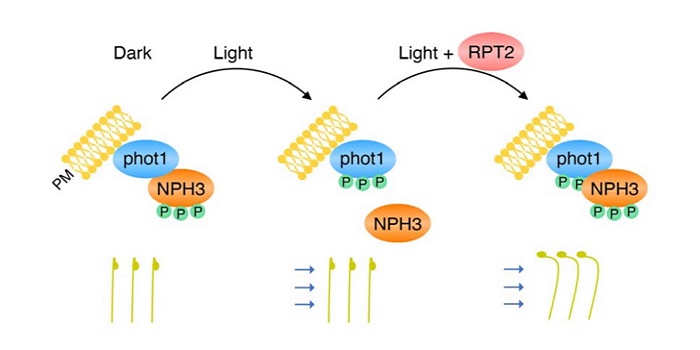
Update: Shining light on the function of NPH3/RPT2-like proteins in phototropin signalling
Plant Physiology, Plant Physiology: Updates, Plant Science Research Weekly, ResearchBlue light regulates diverse functions including phototropism and chloroplast movements. Christie et al. summarize recent updates in understanding the signalling pathway between light perception by phototropins and downstream responses. They describe the central roles for the 33 members (in Arabidopsis)…

Review: The evolution of calcium-based signalling in plants
Plant Science Research Weekly, Research BlogCalcium signalling is a ubiquitous process in plants and other organisms. Transporters at the plasma and vacuolar (tonoplast) membranes control entry and exit of calcium ion into the cytoplasm, and it is the cytoplasmic calcium level ([Ca2+]cyt) that affects cellular responses, as calcium-binding proteins…
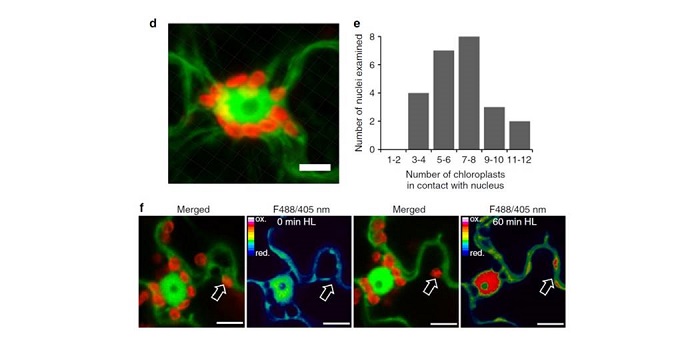
Photosynthesis-dependent H2O2 transfer from chloroplasts to nuclei provides a high-light signalling mechanism
Plant Science Research WeeklyBecause most chloroplast proteins are encoded in the nuclear genome, there must be ways for signals from the chloroplast to inform the nucleus and direct changes in gene expression. Several candidates have been proposed as chloroplast-to-nucleus (retrograde) signals. Using hydrogen-peroxide (H2O2) specific…
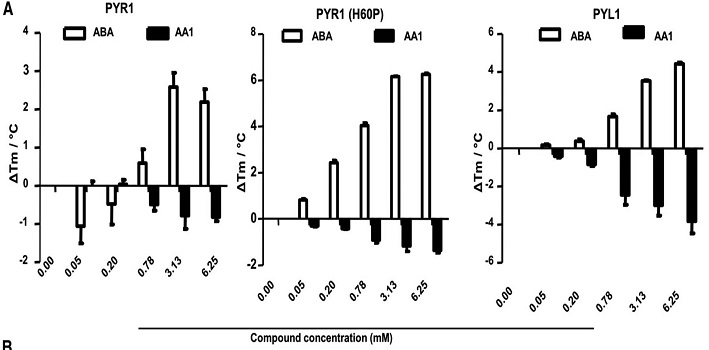
Abscisic acid Antagonist 1 (AA1): A ray of hope for extending shelf life of leafy vegetables ($)
Plant Science Research Weekly, ResearchAbscisic acid (ABA) is one of the phytohormones that plays a pivotal role in a plant's life from germination to senescence, and it drew additional attention of researchers owing to its involvement in abiotic stress. Leaf senescence is a natural phenomenon but if this process can be delayed by non-toxic…
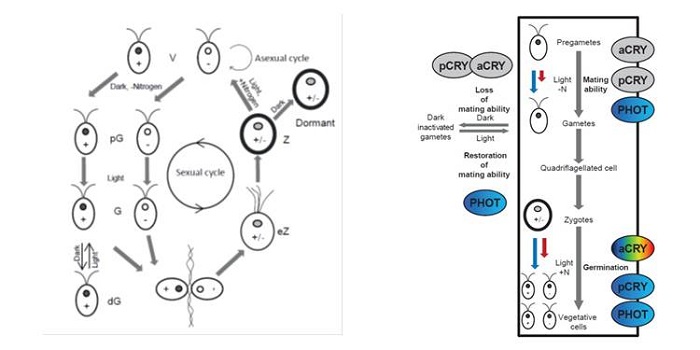
The Role of an Animal-Like Cryptochrome in a Green Alga
Plant Physiology, Plant Physiology: On The Inside, Research, Research BlogLight is an essential environmental factor for photosynthetic organisms, serving as a source of energy and signal information. To precisely perceive and respond to different wavelengths of the light spectrum, eukaryotic photosynthetic microorganisms and higher plants have developed different classes…

Interrupting long nights by short pulses of light accelerates flowering in wheat
Plant Science Research Weekly, ResearchIn order to address the knowledge gap in the mechanisms of photoperiodic induction of flowering by phytochrome, Pearce et al. studied flowering behavior in wheat grown under short days, with the interruption of the long nights by short pluses of light (night breaks). Their study showed that night breaks…

Review: Zooming in on plant hormone analysis: Tissue- and cell-specific approaches ($)
Plant Science Research Weekly, ResearchThroughout plant life cycle, from germination till reproduction, every event is regulated by a highly complex network of hormones. Unlike animals where hormones are synthesized in specific glands, each plant cell is able to produce hormones. However, hormones are synthesized in specific organs in plants.…

